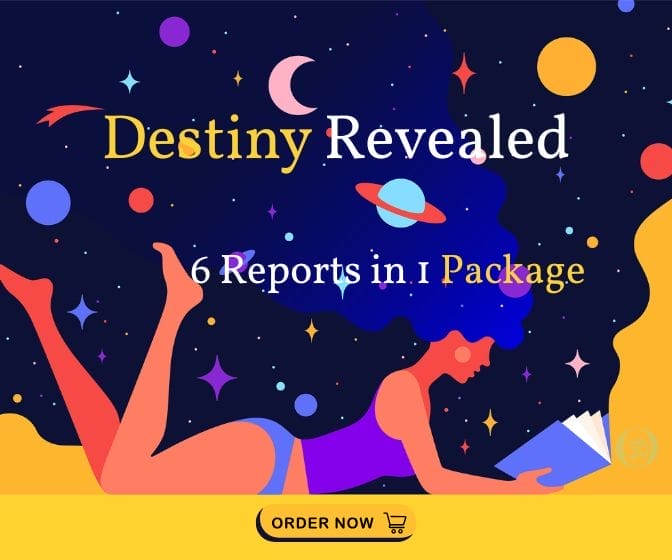Stephanie Kaza: Green Buddhism

So, beginning there and then going on to ‘so what does Green Buddhism offer?’ Tying to give people who want that history, and the ethics chapter especially, and then action – how do we take action? So, it seemed to build naturally from experience in the natural world that is motivating and transforming, and then on to how do you think about it? How do you put all this together? And then, so what? What will you do now? That basic trajectory can happen whether it’s in a religious context or any kind of spiritual context for really anybody.
Sandie Sedgbeer: Let’s talk about Part Two of your book Envisioning Green Buddhism and, specifically, Ethics Matter. Because many people are saying that this is the underlying problem on this planet right now—what has happened to our ethics?
Stephanie Kaza: Let me tell a little story about where all those thoughts came from. In the early-to-mid-2000s, Shambhala asked me to write a book that would have a more contemplative foundation than the usual 50 things you can do to save the environment because those books were coming out one after another, and they made it sound so simple. Shambhala, as a Spiritual, Psychological Press wanted more depth. At that point, I started thinking about these different contemplative principles, and what really sharpened my thinking was that my mother passed away in 2007. I took a kind of retreat. It was, of course, a very, powerful experience, and I just concentrated on this book and really thought about it, and came up with these three areas that could help simplify the way one thought about the commitments and the dedication one took. It just seemed to fall into place quite quickly, and what really dawned on me was this idea of a Green Practice Path. I took this idea, and I tested it after the book came out, and took it to the Thomas Merton Centre, which is a Catholic Centre supporting Thomas Merton’s contemplative life, and gave it in the form of a keynote address in an inter-faith setting. Then I knew that these ideas could really hold up because they resonated so strongly for people of other religious backgrounds.
So, this Green Practice Path is a path you can step on, and just keep trying, even though you’ll make mistakes, and things will be easier and harder on different days. But it’s a commitment to just keep trying. I could see, using the Catholic model, that there’s a kind of beginner’s mind when you first get excited about this sort of approach, and then a more developed state – I use this Catholic term “The Novice,” where you’ve made a commitment, but still, are learning a lot. And then if you take this to the farthest depth, you’re just living and breathing the Green Practice Path all the time as part of everything you do. It’s a trajectory you can step on at any point and pick up any of these contemplative principles to work with one at a time and see “How can I reduce harm?” “How can I be with the suffering right in front of me?” “How can I embrace and act from a deep view?”
So, this Green Practice Path can really provide us a container for orientation in everyday life. Sometimes people respond well to something you can hold on to, rather than feeling overwhelmed by all that looks so impossible and undoable. It quickly stops you in your tracks.
Sandie Sedgbeer: It certainly does. I want to read a little piece that really spoke to me. You wrote: “The impact of human activity on the natural world has been well documented by many observers across many regions of the earth – soil erosions, species decimation, habitat destruction, water depletion. There’s no shortage of evidence for the powerful nature of greed. In some cases, greed is driven by profit motivation in others by hunger. Environmentalists have made careers out of documenting the scale of its impact and fighting this biological drive run amok. Most of the time, they point their fingers at others associating greed with capitalism or economic globalization.” We all do that but, as you say, what about other forms of greed? There are many forms of greed that we don’t even think about. Most of us would say, ‘No, I’m not a greedy person. I don’t consume too much.’ Tell us about some of the other forms of greed that we could contemplate.
Stephanie Kaza: There’s a nice chapter in the book where I forced myself to do exactly that exercise and be really honest, and I realized that I, as a Professor, and a learner, and a great lover of knowledge had a greed for knowledge. I have quite a collection of books. When people come into our house, they remark on the bookshelves, and that’s one place my greed is expressed. I’ve rationalized it, of course – that as a teacher, I would share these with others, and so on. Even though I’m not teaching as much, right now, I love collecting Natural History Field Guides. And so, I have books on geology and birds and mushrooms, and so on. That’s one kind of greed that looks very positive. It’s just that greed in a more traditional, religious sense is seen as a sin. From a Buddhist sense, it’s seen as something to look at and try to understand. It’s the drive towards something you want more of. So, that could be money and profits as a corporate development of fossil fuels, but it could also be status and clout, or more members in your environmental group – you just think that if you have more people, and were more recognized, then everyone would believe you. Sometimes, it’s for scientific data. That’s often been true in environmental work. You think if you have the numbers, and you can show people that there’s more carbon in the atmosphere, they’ll automatically respond and do something. Of course, it turns out that’s not always true. So, just to understand how greed pulls us towards those things we like and want more of, whether it’s good coffee or good friends, to watch how it works, because the opposite is what we’ve pushed away from, and to feel that as a biological and social organism develops great self-awareness. It doesn’t mean you stop feeling greed, it’s a quite natural thing. After our very cold camping trip, I had quite a lot of greed feeling for a hot shower.
Sandie Sedgbeer: Yes, it does make you think about it differently. I mean, you say that the Buddhist Psychology explains greed in simple terms of attraction and aversion and, in Buddhist terms, all emotions can be boiled down to three fundamental tendencies. Wanting more of something – greed – or, we might call it passion. Wanting less of something – hate – and wanting something that doesn’t exist – delusion. So, talk about how wanting less of something can become hate and delusion as well.
Stephanie Kaza: Wanting less of something – people can work up quite a head of steam around trying to get rid of the bad people or develop very strong ethics around “What you’re eating is wrong, what I’m eating is right.” I imagine the vegans of the world would prefer there be no Omnivores just because of all their rationalizations for choosing vegan eating practices. So, when we take up an aversion stance, it’s quite easy to become self-righteous and decide that your ethics are the best. And this is a real, typical character flaw among environmentalists, I have to say with a little bit of laughter because it’s in their urge to correct things, and to make the world better, that they can make a quite black and white distinction between something they think is the right way and not the other way. That’s a very ugly manifestation of aversion, and I think one of the Buddhist contributions is to downplay that and to encourage all voices to participate, and never to lock in on one way as the only right way.
Now, the delusion – I’ll just say something about that because we’re in the middle of such a climate crisis – and delusion is being actively manufactured, and reinforced, and amplified throughout the world, as you said, by people in positions of authority, but also by people who are just afraid. People who don’t want to think about the kinds of change that might shake up everything in their towns and communities and families. It’s not an easy thing to look at, and I think it’s as important as compassion for the human psyche that doesn’t want that scale of disruption. It’s very scary, and when you look at all those floods and hurricanes on TV, you don’t laugh. These people are losing everything. So, to stay in a world of delusion is a kind of comfortable and safe feeling. It’s the “pull the covers over your head feeling.” Some days, you do need that just to take a break, but ultimately, to look at it is going to deepen awareness and capacity to see right now that this is what’s going on. For me, and for others. So, working with those three is a really important piece of this Green Practice Path.
Continue to Page 3 of the Interview with Stephanie Kaza
A veteran broadcaster, author, and media consultant, Sandie Sedgbeer brings her incisive interviewing style to a brand new series of radio programs, What Is Going OM on OMTimes Radio, showcasing the world’s leading thinkers, scientists, authors, educators and parenting experts whose ideas are at the cutting edge. A professional journalist who cut her teeth in the ultra-competitive world of British newspapers and magazines, Sandie has interviewed a wide range of personalities from authors, scientists, celebrities, spiritual teachers, and politicians.





